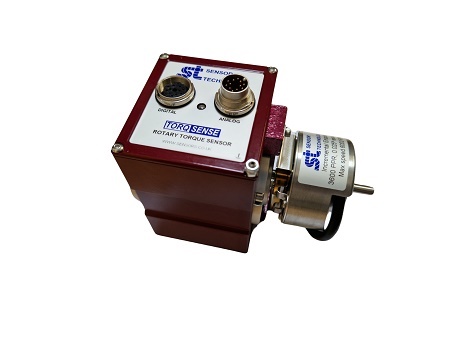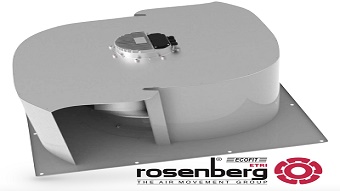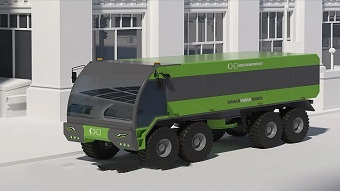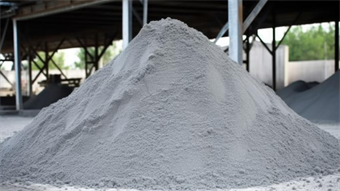Performance analysis ratchets up a gear with dual parameter cross-referencing
GlobalSpec News Desk | May 06, 2024Until about 1730 if one wanted to travel from Europe to America, one got in a sailboat, headed west and hoped for the best. If one managed to avoid all the perils of the sea, the voyager would eventually hit the American coast — somewhere along its length.
The gentlemen of the U.K. Admiralty were desperate to advance the state of the art of navigation and offered a whopping £20,000 prize (£5m to £10m in today’s inflationary times) to anyone who could provide the solution. Eventually John Harrison, a humble clockmaker and carpenter from Yorkshire, developed the marine chronometer and set in train much of the development of the modern world.
The principle that Harrison’s work enabled was the cross-referencing of two related parameters: by Source: Sensor Technology Ltd. measuring both longitude and latitude one can pinpoint an exact position anywhere on Earth.
Source: Sensor Technology Ltd. measuring both longitude and latitude one can pinpoint an exact position anywhere on Earth.
The new SGR523 from Sensor Technology Ltd. applies this principle to torque and angular displacement of a shaft by letting the user plot instantaneous torque against instantaneous rotational position. This means processes can be better understood by knowing the angle of the shaft in relation to peaks and nulls in torque. This seems a bit dry and academic, so let’s look at some real-world applications.
Direct drive pump
A direct drive pump will show a peak of torque during its compression stroke and a reduction after the pump passes top dead center. The inertia in the system may also show a torque reversal following the compression stroke of a pump. Accurate measurement of the shaft position when these events occur could lead to performance optimization because correlation of torque to shaft position and number of rotations can be measured accurately.
For example, consider a 16:1 gearbox attached to a pump. The pump torque peaks during its compression stroke, the drive motor has rotated 16 times before the compression stroke comes into play. The angle encoder can measure the number of rotations plus the angle count of the final rotation (the angular position) that this torque peak occurs.
Now add an automatic or continuous variable transmission gearbox in this application — the angular position of torque peak occurs can be used to determine the ratio of the gearbox during given loading conditions.
Cap tightening
Similarly, in bottle top or cap tightening applications the torque can be analyzed after a known number of revolutions of the tightening head. This can be used to determine if a cap is cross threaded or if thread damage has occurred during the process. Either result would be a product defect, which could be automatically removed before further processing.
Backstop gauging/motion control limit
In motion control applications the limit of maximum travel can be defined by the number of revolutions plus the final angle of a drive shaft. The speed of the drive can be reduced as the backstop limit is approached, thus allowing better motion control of any stored-up inertia in the motion platform.
Enhanced response at low speeds
The encoder can accurately measure the speed of slow and very slow turning shafts, while acceleration and deceleration can be measured and correlated with torque peaks and troughs.
X Y positioning
SGR523s can be fitted to leadscrews or ball screws of machines used for assembly or packaging. Safety can be improved by knowing the position and torque profile of an automated machine under nominal operating conditions because if the torque begins to exceed expected values the machine can be shutdown to prevent damage or injury.
Defect identification
Dual torque-position plotting can help identify the source of a particular torque response. An unexpected or unexplainable torque changed measured with an SGR512/522 can be analyzed against shaft position to obtain a better understanding why it has occurred.
Shaft twist
In high precision motion applications, the torque sensor itself can cause a position error due to its shaft twisting under increasing load or speed. An angle encoder can be used to measure and correct this compliance error.
Reducing component count
In complex motion control applications multiple shafts may need to be monitored for torque and rotational position. By having the angle encoder and torque sensor as a single unit, the number of components may be reduced significantly, resulting in time and money savings.
Today’s powerful computers mean data overload is unlikely to be a problem while the SGR523 leads to elegant systems design with a sensible component count. While the SGR523 may not be as world-changing of the marine chronometer, it enables the same principle of cross-referenced data streams adding more than the sum of their parts.




